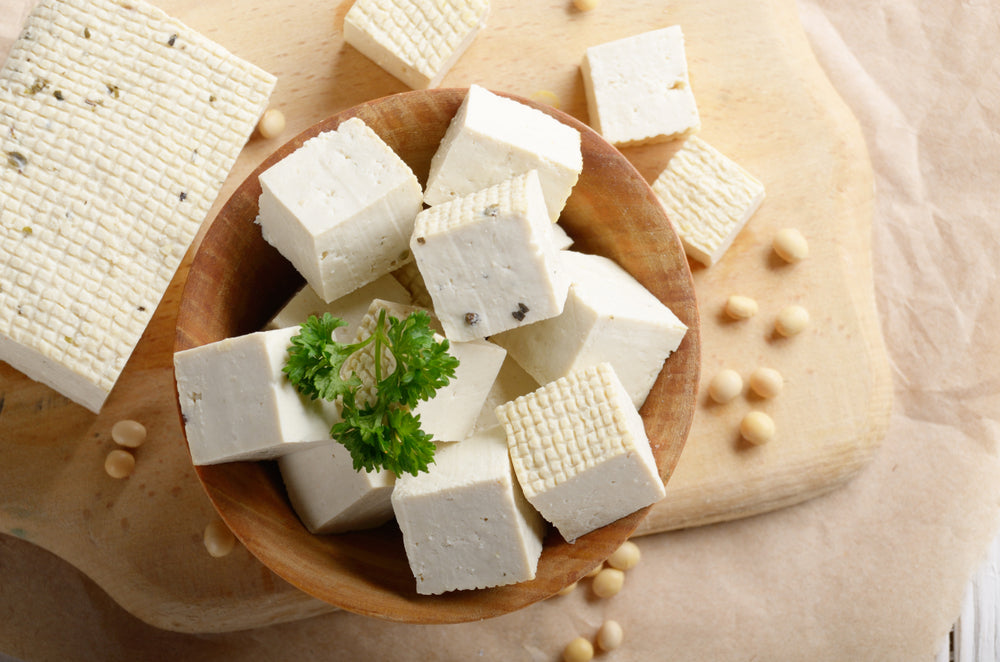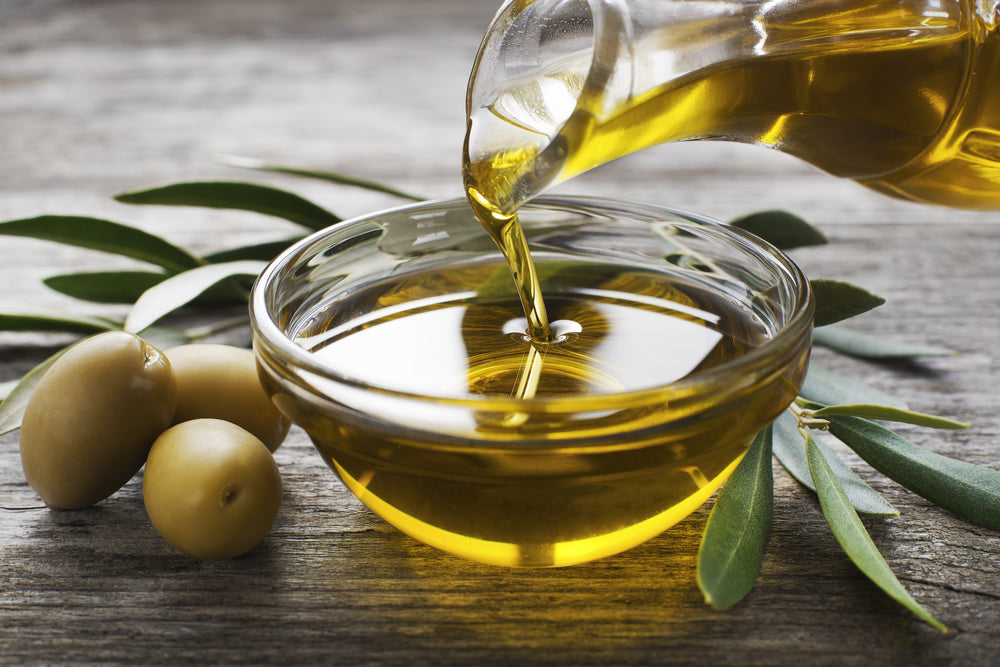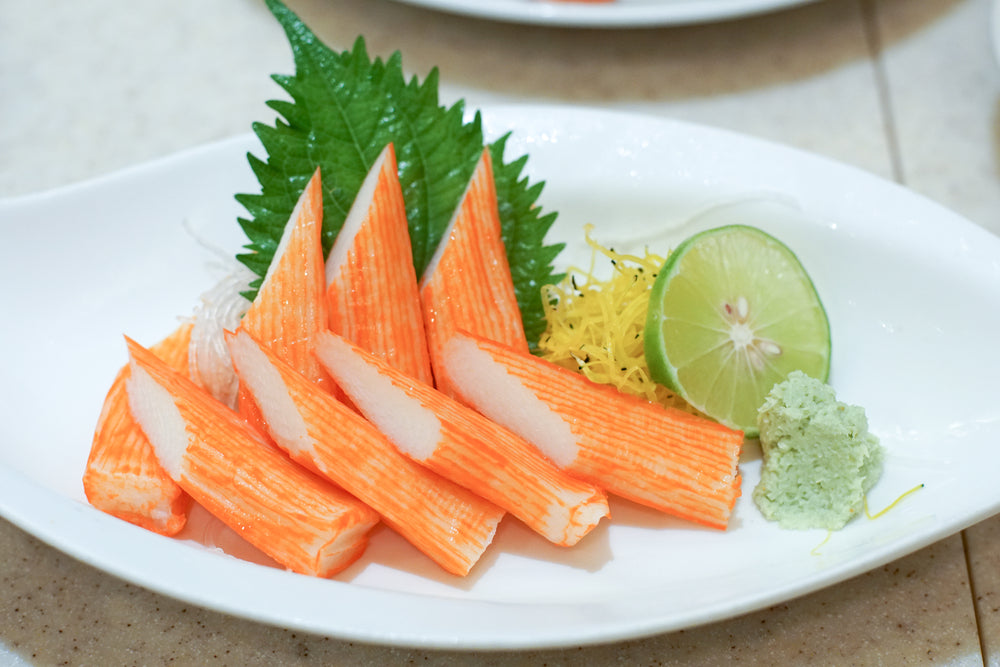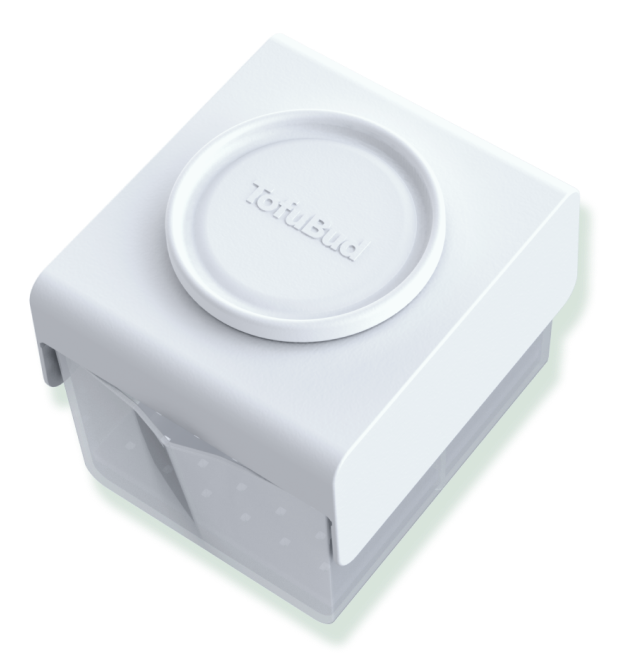We live in an age, in which we have access to a lot of incredible ingredients and brilliant recipes from all around the world. This is especially great for people looking for an alternative, meatless source of fat and protein. And while a lot of us are already pretty acquainted with tofu - and a lot of tofu-based meals - it's definitely not the only soy-based meat alternative out there. Another great option is tempeh - and recently, it's been gaining a lot of popularity.
The question we all want to be answered, especially vegans looking for various protein sources, is what is it good for - and is it better than tofu? Let's have a look.
What is tempeh?
Tempeh is a soy-based meat alternative, that comes from Indonesia - and until the 1970s, it mostly stayed there. But in the last few decades, it made its way to Western cuisines, and now it's pretty common to find tempeh in your local supermarket.
And while the main ingredient in tempeh is good old plain soybeans - it's absolutely not the limit. Any bean or grain can be used to change and amplify the taste of this product. And some creative masters go a step further and power up their tempeh with seaweed, seasonings, or even vegetables. The sky is the limit.
Tempeh, protein-packed and powerful, is incredibly rich in nutrients. In an 84g serving of tempeh, you'll find 162 calories and 15 grams of protein. It's high in proteins (because it's more compact than other soy-based products) and low in carbs.
It's an excellent source of dairy-free calcium, with one cup containing two-thirds of the calcium you'd find in a cup of whole milk.
It also contains probiotics - these are bacteria that are very good for the body. And it contains prebiotics, which are excellent for the digestive system and the colon.
Tempeh brands
There are various brands in the US, including:
Lightlife
White Wave
Turtle Island Foods
You can buy tempeh at almost all health food and natural food stores, as well as places like Whole Foods Market, Trader Joes and some Target stores.
Does tempeh raise estrogen levels?
We've already established that tempeh is a fantastic source of protein, prebiotics, vitamins, and minerals. It's also rich in phytoestrogens, particularly isoflavones, which can bind to the estrogen receptors inside of us and weaken either estrogenic or anti-estrogenic activity.
Is tempeh good for menopause?
Women's health is vital, so it's good to know that phytoestrogens that are present in plants provide (mild) estrogen effects in the human body. Studies have shown that this can help to protect from osteoporosis, and can help with weight management, increased activity, stress management, and it can reduce hot flashes.
What's the difference between tofu and tempeh?
The main difference between tofu and tempeh comes from the production process. Tofu takes ground-up soybeans in water, then they are heated, and coagulated using minerals like magnesium salt. The curds get pressed, and the finished product is known as tofu. And it comes in many different forms: from a solid, steak-like super firm tofu, to soft and creamy silken tofu - and everything in between.
And what is tempeh made of? The exact same thing, which means it can be eaten as a tofu substitute. However, tempeh takes already cooked soybeans, which are injected with fungi, which ferments the bean mass. It's a process similar to making cheese or yogurt. During this time, the beans form into a firm block. The block is now known as tempeh. And unlike tofu, it comes in only one form - a solid block.
As you can see, the process of making the two products is wildly different. Despite using the same base - the wonderful soybean - everything else then goes to two completely different directions
Therefore, it's no surprise that there are several differences between tempeh and tofu when choosing the option for your next meal. So, let's cover them one by one!
Tempeh and Tofu: Flavor
Tofu has a very similar flavor to soy milk - and by that, we mean that it's very neutral and easily gets overpowered by all the spices and sauces you may throw at it. The porous texture of tofu helps as well. Acting essentially like a sponge, it soaks everything up and acts as a vehicle for flavor.
Fermented tofu is saltier and a mild sweetness and its texture is similar to a smooth, firm paste.
Wondering what does tempeh taste like? Well, tempeh actually gets a fair bit of flavor from its cooking and fermenting processes. The fermented proteins give off an umami-ish mushroom and nut notes, which makes it a good meat alternative flavor-wise. And it contains no salt - so you're free to marinate it with soy sauce or even season it a bit of MSG, increasing tempeh's meaty qualities a little bit more.
Tempeh vs Tofu: Nutrition
Tempeh and tofu are made out of the same thing - so many can expect both of these products to share pretty similar nutritional qualities. Right?
Well, that's only partially true. In order to see what we have in mind, let's have a look at some of the key nutritional facts for 1 serving (100 grams or 3.5 oz) of both tofu and tempeh:
Tofu (super firm):
- Calories: 84
- Protein: 10 grams
- Fat: 5 grams (1 gram of saturated fat)
- Carbohydrates: 1.2 grams
- Potassium: 130 mg
- Sodium: 4 mg
- Calcium: 22% daily norm
- Iron: 12% daily norm
Tempeh:
- Calories: 195
- Protein: 20 grams
- Fat: 11.5 grams (3.5 grams of saturated fat)
- Carbohydrates: 8 grams
- Potassium: 410 mg
- Sodium: 14 mg
- Calcium: 8% daily norm
- Iron: 12% daily norm
As you can probably tell, tempeh is much more calorie-dense than tofu. But it's no problem - both tofu and tempeh have a pretty similar 2:1 ratio of protein to fat, are rich in potassium, and low in sodium.
Besides, they're both pretty low in carbohydrates, making those two options great for a low-carb keto diet. While the numbers look different, they're both pretty good.
Is tempeh healthy? Absolutely yes. It has all the qualities of tofu, a widely-acclaimed superfood, and takes them a little bit further. Tempeh nutrition makes it suitable for people, looking to eat smart and healthy.
Another question often asked is this: is tofu vegan?
Yes. Tofu and tempeh are both soy products and are completely vegan.
Tofu vs Tempeh: Use In Recipes
You can substitute tempeh for tofu in many scenarios, where the tofu has to be fried, steamed, or otherwise treated with heat. Because there's one very important thing to note:
Tempeh cannot be consumed raw.
Before consuming, tempeh has to be heated, killing the culture and making the product completely safe to eat. Since there's no culture in tofu, it can be consumed without heating.
And whereas we're used to eating tofu in all kinds of shapes and forms, tempeh is a lot more limited. Its mushroom-y taste makes it great in stir-fries, sandwiches, and curries, but is almost impossible to be used in desserts and other sweet dishes.
Of course, a lot of that comes down to not only the heat treatment and flavor but texture as well.
Tofu is available in various types - while tempeh is only known in its own, unmistakable, super firm form.
Should You Choose Tempeh or Tofu?
Your choice between tempeh and tofu will depend entirely on your meal preference. Tempeh is a denser, meatier option, that only works when it's treated with heat. It's much more similar to meat than tofu is, so if you're looking for a good meal alternative taste-wise, give it a shot!
But tofu still wins when it comes to versatility. It can be consumed both hot and cold, and comes in various forms, allowing it to be used for dishes of all types. It doesn't make the same umami flavor that tempeh can provide, but it's still capable
In nutrition, there's no major difference between the two. They're both packed with nutrients and micronutrients and are very healthy options. But there's still some difference there.
Tempeh is like tofu times two - twice the fat, twice the protein - and twice the calories. So make sure to plan your tofu and tempeh meals accordingly, if you're counting your calories.
Overall - you don't have to choose only one or the other. They're both brilliant in their own right, and any person looking for a great meat substitute should be looking forward to having both tempeh and tofu in their fridge. Happy eating!








Leave a comment (all fields required)